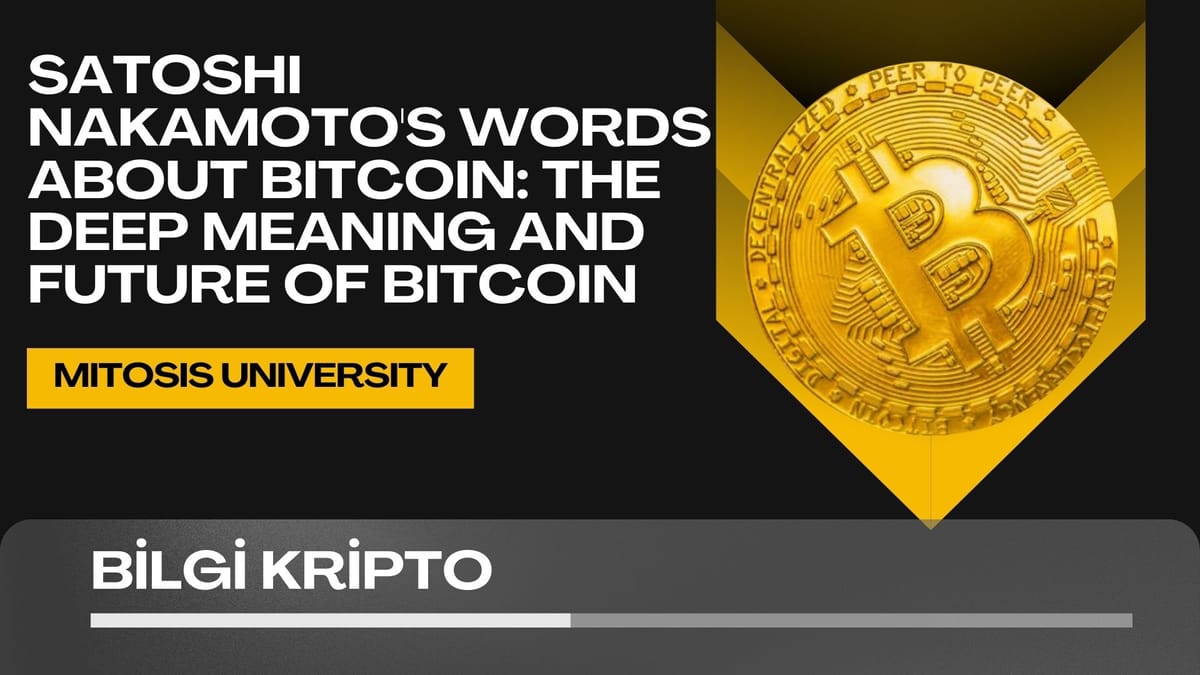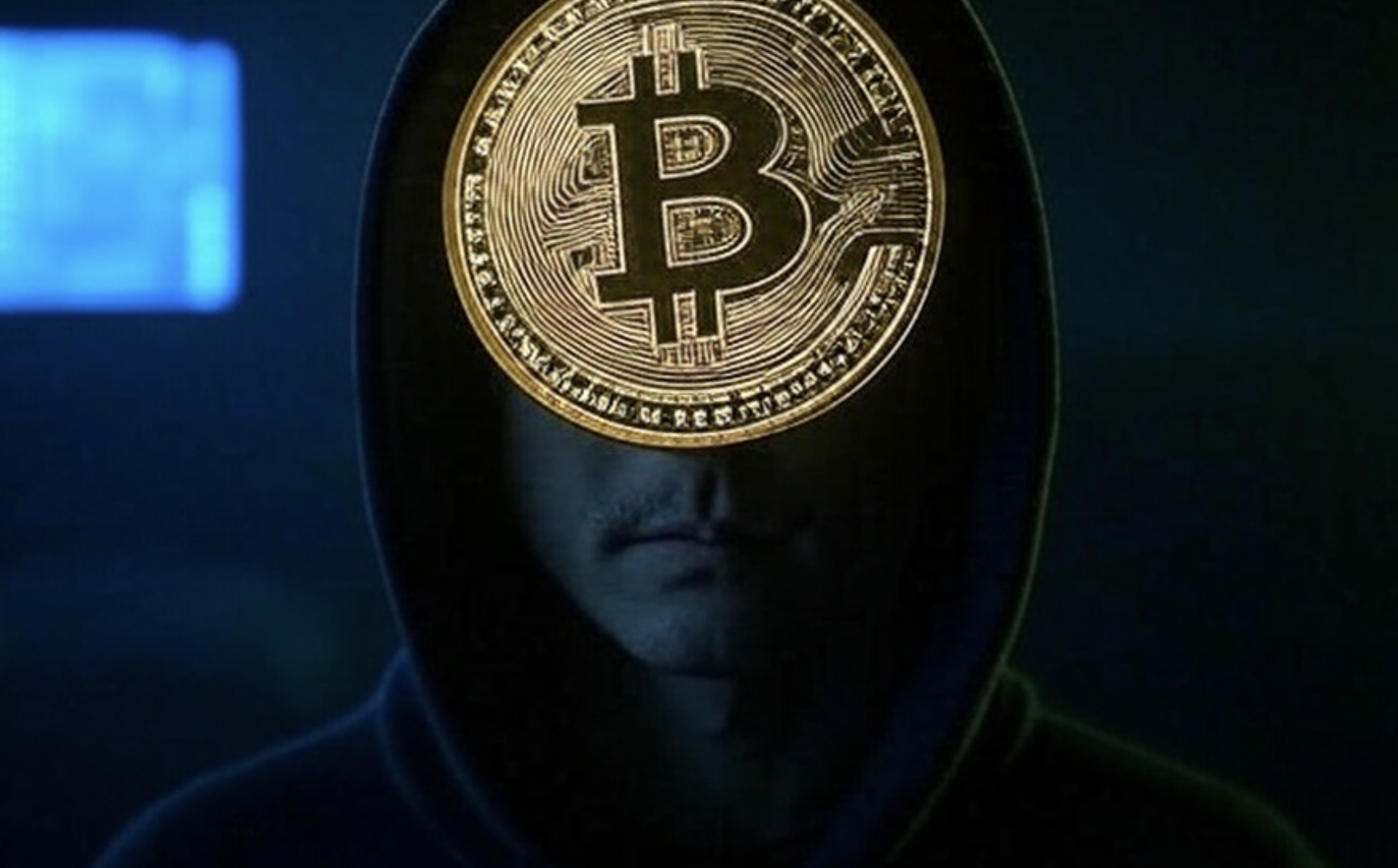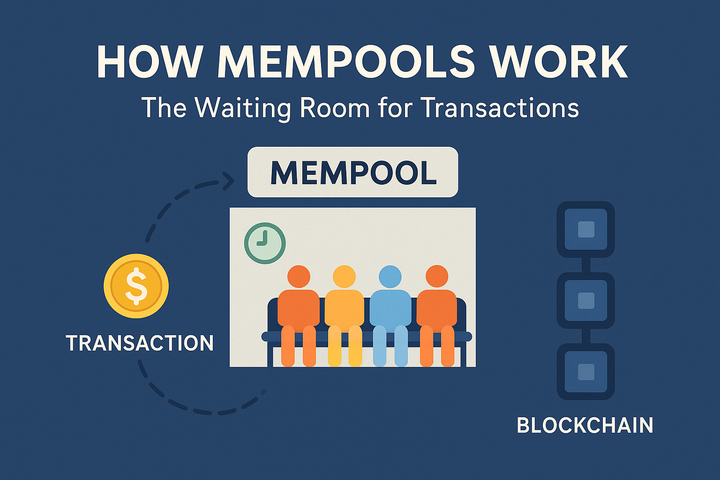Satoshi Nakamoto's Words About Bitcoin: The Deep Meaning and Future of Bitcoin

Bitcoin has been one of the most important and widely discussed topics in the financial world since its creation in 2009 by the anonymous figure, Satoshi Nakamoto. Even though the identity of Bitcoin’s creator remains a mystery, Satoshi Nakamoto made many important statements about Bitcoin, which have shed light on the philosophy, purpose, and potential of this digital currency. These statements, made over 15 years ago, continue to hold great significance for today’s and the future’s digital economy.
Satoshi Nakamoto's Purpose in Creating Bitcoin
The creation of Bitcoin was meant to offer an alternative to the control of traditional financial systems and banks. Satoshi Nakamoto believed that centralized institutions were taking away people's control over their money. As a result, Bitcoin was designed as a decentralized digital currency. Satoshi aimed to create a system that would allow people to manage their money more freely and make global payments without relying on third parties.

In a post on the P2P Foundation forum on January 16, 2009, Satoshi expressed his criticisms of banks' centralization and lending practices:
"We should trust banks to hold our money and send it electronically, but they lend it out in the form of credit bubbles without holding even a small fraction in reserve. We should trust them with our privacy and trust that identity thieves won’t break into our accounts. High overhead costs make micro-payments impossible."
This statement clearly highlights the main purpose behind the creation of Bitcoin—providing a solution to the problems caused by the centralized control of banks, such as the lack of privacy and the increasing cost of transactions.
Bitcoin and the Future of Micro-Payments
Satoshi also predicted that Bitcoin would not only be useful for large transactions but also provide an ideal solution for micro-payments. In a January 16, 2009 post on the Cryptography Mailing List, Satoshi stated that Bitcoin could be used for small payments just as easily as depositing money into an ATM:
"It may be wise to hold a few Bitcoins against the possibility of it becoming widespread. If enough people think this way, it will become a self-fulfilling prophecy. Once Bitcoin is preloaded, there are many applications. For example, you can easily pay a few cents to a website, just as you would put money into an ATM."
This statement emphasizes that Bitcoin is not just a store of value or investment tool, but also a currency that can be used in daily transactions, even for small payments. Satoshi envisioned Bitcoin as a way to lower the barriers for micro-transactions and facilitate easy payments on the internet.
The Value of Bitcoin in a Growing Ecosystem
Satoshi Nakamoto believed that Bitcoin's value would be driven by supply and demand, and that its supply would be fixed, unlike traditional currencies. In a February 18, 2009 post on the P2P Forum, Satoshi explained that Bitcoin would be similar to a valuable metal:
"In this sense, [Bitcoin] is more like a typical example of a precious metal. To keep its value stable, the supply is fixed and the value fluctuates. As the number of users increases, the value per coin increases. There is potential for a positive feedback loop: the more users there are, the higher the value will be, and the increased value may allow even more users to benefit."
This explanation highlights the self-sustaining nature of Bitcoin’s value, where an increase in users leads to higher demand, which in turn increases the value of the currency.

Bitcoin’s Secure and Decentralized Structure
Satoshi Nakamoto emphasized Bitcoin’s security and decentralized nature. In a February 11, 2009 post on the P2P Forum, he elaborated on how Bitcoin could function securely without the need for a central authority:
"The result is a distributed system with no single point of failure. Users hold their cryptographic keys like their own money, and with the help of a P2P network that monitors double-spending, they can send money directly to each other."
Here, Satoshi is explaining how Bitcoin’s decentralized structure allows users to send money directly to each other without relying on banks or centralized entities. This system minimizes the risk of failure and enhances the security of the network.
The Process Behind Bitcoin’s Creation
The creation of Bitcoin was a process that involved extensive research and development by Satoshi Nakamoto. From 2007, he began exploring the idea of decentralized digital currencies and how they could be implemented without relying on trusted third parties. In a February 11, 2009 post on a forum, Satoshi described his thought process leading up to Bitcoin’s creation:
"Since 2007. At some point, I became convinced that there was a way to do everything without trust, and I needed to think a bit more about this. The design took far more work than the coding. Luckily, all the problems that came up were things I had already thought of and planned for."
This statement reveals that the creation of Bitcoin was not a spur-of-the-moment decision, but rather the result of thorough thought and planning. Satoshi anticipated many of the challenges Bitcoin would face and built solutions into its design.
Conclusion: The Legacy of Satoshi Nakamoto and the Future of Bitcoin
Satoshi Nakamoto’s words about Bitcoin reveal that this digital currency is not just a technical innovation, but also a movement with deep philosophical implications. Bitcoin aims to not only change the financial system but also redefine people’s freedom in the digital world. Every statement made by Satoshi helps us better understand the potential of Bitcoin, and his legacy continues to shape the future of digital economies.
Bitcoin’s philosophy goes beyond being just a payment method—it's about creating a decentralized world view and establishing a new financial ecosystem. This is why Satoshi’s words remain relevant and even more important today. Bitcoin’s future is still being shaped on the foundations laid by Nakamoto, and his vision continues to influence the digital economy in profound ways



Comments ()